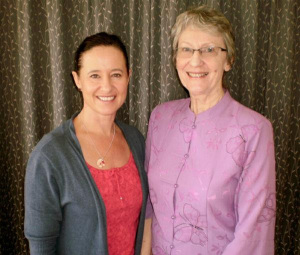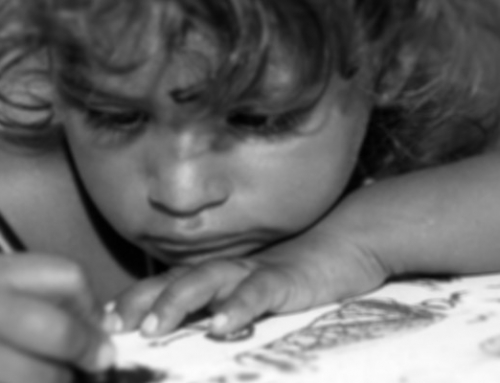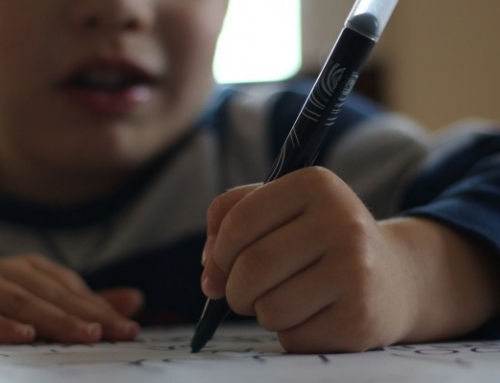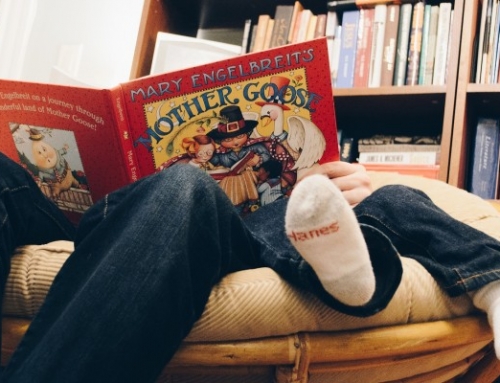If you truly want to understand how the English language works…..
……….spend some time with a linguist (you say it “lingwist”).

Liz Dunoon with linguist Diane Philipson 2011
A linguist studies ‘Linguistics’.
Yes…… I know it all seems rather confusing, but bare with me for a little longer.
Linguistics is the scientific study of language and its structure.
It can be broken down into 4 areas and here they are……
- Morphology – The study of word forms.
- Syntax – Rules for the arrangement of words into phrases and sentences.
- Phonetics – Letter symbols and their sound relationships………….And……
- Semantics – The meaning of the written word.
When I left university, I can say without a doubt, that I knew all of these terms and their meanings thanks to my excellent Language Arts lecturer, Mary Jones.
“Thanks Mary”
But what I didn’t know was how to apply this knowledge to the teaching of reading, particularly when there was a child in my class who was struggling to learn to read.
That bit I had to figure out for myself…….and I did…….eventually.
This is where our teacher training courses are failing our teachers and our students……
This is why struggling learners continue to fall through the gaps of our education system.
Now I studied teaching back in the late 1980’s.
Recent teaching graduates of today tell me nothing has changed – they are still none the wiser.
When I decided to create The Ten Minute Tutor, I didn’t want it to be just another phonics program. Although phonics is a critical component……
I studied many great phonics programs like Spalding, Thrass, Toe-By-Toe, Alpha to Omega and too many more to mention here…..
………but I learnt more about the teaching of reading and spelling from a linguist who had heard about my work.
We made contact and Diane offered to fly down to Melbourne from Sydney to stay with me and impart upon me her amazing knowledge and her life’s work.
And I mean her life’s work….
You see Diane was ready to retire……
At one stage she was single handedly tutoring 40 students per week. As you can imagine this was unsustainable. She became exhausted…… but she couldn’t just let her work stop…..She knew there was more children to support……. and that’s where I came in.
Diane was determined for her work to continue and because of this, she gifted her amazing program to me……..and it became the basis of the ‘Phonics’ and ‘Words and Spelling tutorials in The Ten Minute Tutor.
What an amazing education I received.
Diane had developed a systematic phonics program with a critical difference, where the sounds of the letters came first and the letter symbols came second.
Not only that, she used a system of colour for letters in words for those children who were visual learners.
Using this method Diane said, “I never had a child I couldn’t teach to read”.
Over the next 3 years I created and filmed ten minute video tutorials and produced the worksheets and Diane checked them for me…..
What an amazing mentor. I will be forever grateful for her generosity.
Diane can rest assured that her work continues to change lives as part of The Ten Minute Tutor.
- It educates children, teens and adults who find reading and spelling difficult
- Helps parent’s who want to better understand how to support their children…… And….
- Assists schools and teachers who want to know more about the English language and how better to teach reading and spelling to students in their classrooms.
More About Diane
Diane Philipson began life as a classroom teacher, but soon became disillusioned with the way literacy was being taught and the number of students who were struggling to learn to read.
Seeking solutions, Diane took herself back to university to study linguistics. She is also fluent in 4 foreign languages, so she was mindful of the needs of bilingual children too.
Fortunately for Diane, dyslexia expert and cognitive scientist, Prof Max Coltheart was one of her Macquarie University lecturers.
Diane’s passion was realised, she would create a program to support children with literacy difficulties, including dyslexia, and call it the ‘Sounds of Reading’.
On its completion, Prof Max Coltheart told Diane this is how literacy should be taught in all schools.
Thanks Diane for helping me to continue to support children, their families and teachers
To see Diane’s work in action you can check out http//www.thetenminutetutor.com/.
Here’s to your child’s literary success.
Liz Dunoon
[member]
Download and Print PDF
[/member]







hi diane,
What continues to confuse me is that as a teacher of english, i know we have 44 phonemes, and 26 letters (symbols) we use to spell words. I know that a letter does not have a sound until it is in a word – so how can we be teaching children the letter sound first and then the letter name? A letter does not have a sound, it is a symbol only until it is in a word. If we teach initial sounds only a=apple, b=ball, e=egg, how do we expect children to read any word longer than 1 letter, for example ‘me’ when the ‘e’ does not even say e like in egg? So many programs continue to say we should teach ‘letter sounds’ – and yet (linguistically) there is no such thing!